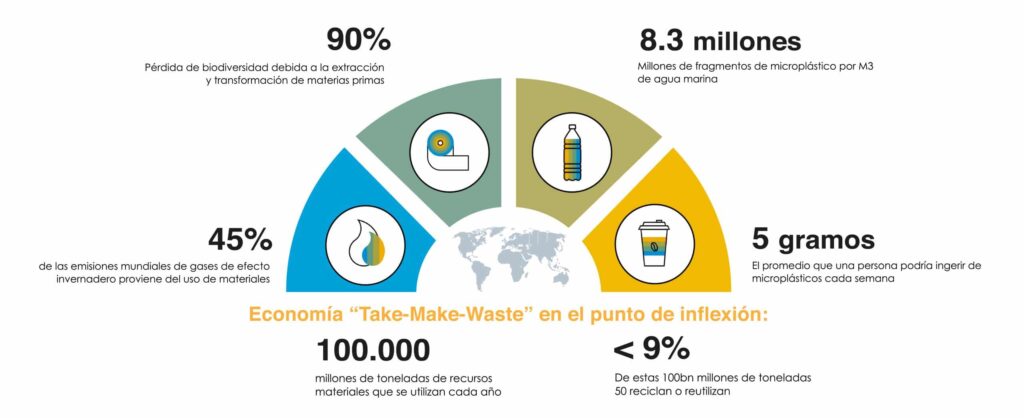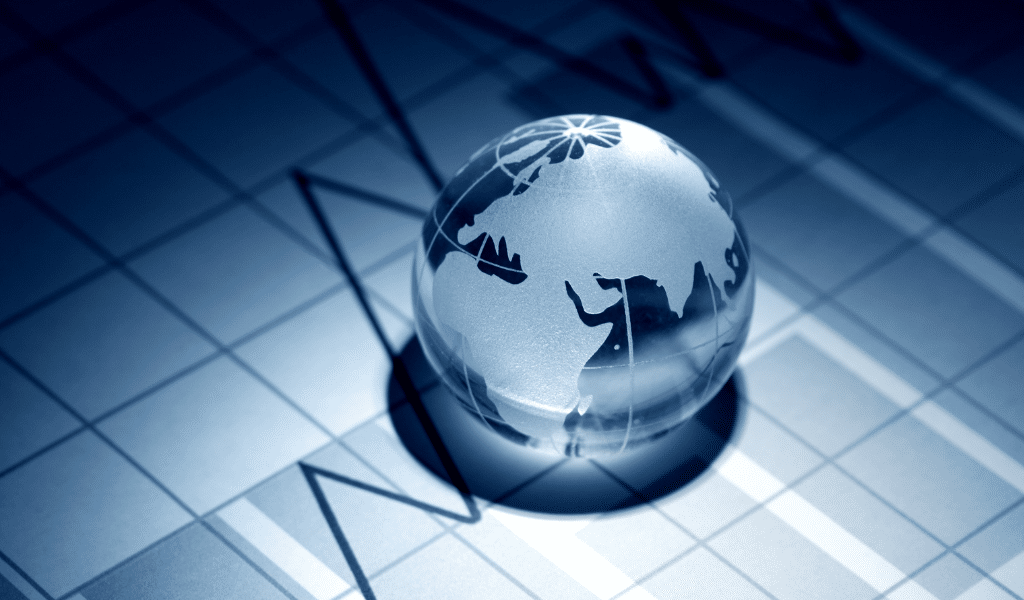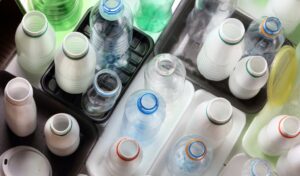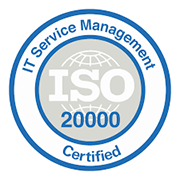Conceptually, the Circular Economy involves the optimization of resources, the reduction in the consumption of raw materials and the use of waste, recycling them or giving them a new life to turn them into new products, maintaining a balance between progress and sustainability. sustainability. Especially when every year we use more resources than the planet can sustainably provide.
As for example in everything that affects plastic. Currently, a small portion of the plastic waste we generate, only 14%, according to a report by the World Economic Forum and the Ellen MacArthur Foundation.according to a report by the World Economic Forum and the Ellen MacArthur Foundation, is collected and recycled after use.. The remainder ends up in landfills or in the oceans and waterways, contributing to the global warming.
One of the key drivers towards a Circular Economy is the one that links the consumer, the consumer, consumers, who use their decision-making and ultimately purchasing power, to brands that adopt more sustainable practices. more sustainable practices. Demand is progressively shifting towards companies that offer sustainable and affordable alternatives, while maintaining a product strategy that avoids wasting materials.
This trend is progressively changing purchasing habits and ultimately pushing for measures to accelerate this transition.

Sustainable consumption habits
The report by
Trivium Packaging
2022 report provides us with the following indicators on consumer habits:
-
- 66% of consumers consider it important purchasing products packaged with sustainable with sustainable materials
- 86% of consumers between the ages of 18 and 45 are willing to pay more for products packaged with products packaged with sustainable materials
- 74% say they are interested in buying goods packaged with reusable materials
This and other indicators from different sources give us a clear picture of which direction their preferences are heading.
On the other hand, governments, in the same stream of awareness, are increasingly regulating policies related to Extended Producer Responsibility (EPR). Extended Producer Responsibility (EPR).). And this movement does not stop here. In the next few years, EPR regulation will be extended to other problematic materials, including batteries and electrical components.
With respect to the competitive position of the companies, the structure of EPR tariffs and the modulation of the tariffs will affect competition in the market. competition in the market of its products. In this case, manufacturers with green products will pay lower tariffs, and those who do not make this transition in their production models will have to accept higher tariffs.
The higher the tax tax burdenthe greater the benefit of a product designed on the basis of Circular Economy concepts. This competitive differential is the focal point of the EPR strategy and is in line with the polluter pays principle.
The options for the producer are to accept the realities of the market, consumers and government regulatory compliance. In the ability to adapt their models and strategies to the search for opportunities that allow them to satisfy consumers and governments at the same time. In short, that they understand this scenario as an element of differential opportunitythat affects its own competitiveness.
From the Plastic Tax to the Circular Economy
There is a growing awareness of the need to consolidate commitments to sustainable growth and respect for the environment. sustainable growth and respect for the environment. It is an unstoppable trend that is becoming more and more widespread. Businesses and governments are adopting models and regulations aimed at a more efficient and effective rational use of resources and, ultimately, to promote an increasingly circular economy.
Because of its recent entry into force, on January 1, and also because of the impact it has on the production models of companies, the plastic tax is very much up to date. Its objective is to reduce the use of non-recycled plastics and encourage recycling, favoring business processes closer to the Circular Economy. Companies are faced with the challenge of managing the use of these materials in accordance with the various government regulations and, above all, of moving towards models with lower environmental impact.

What is the plastic tax?
The ultimate objective behind the tax on non-reusable plastic packaging is to encourage the circular economy, reduce waste generation and promote the recycling of plastic waste, favoring the care of the environment. care of the environment.
The Tax on non-reusable plastic containers is a tax of an indirect nature levied on the use in Spanish territory of packaging containing plastic that is not reusable. Packaging is considered to be any product intended to provide the function of containing, protecting, handling, distributing and presenting goods.
How does the plastic tax contribute to the Circular Economy?
The plastic tax contributes to the Circular Economy in several ways. First, reduces the use of non-recycled plastic products. Reduces the amount of non-recycled plastic waste that ends up in landfills or in the oceans. In addition, the tax encourages producers to design products made from recycled plastic. This leads to an increase in the amount of recycled materials available to manufacture new products, which contributes to the circular economy.
Finally, the tax also contributes to the Circular Economy because it increases the price of non-recycled plastic products, a fact that encourages the use of recycled plastic products, which tend to be cheaper. Therefore, the plastic tax contributes to the Circular Economy by encouraging the use of recycled products. by encouraging the use of recycled products.
The plastic tax is a tool to help reduce the use of non-recycled plastic products and encourage recycling. It favors the Circular Economy by reducing the amount of non-recycled plastic waste, increasing the amount of recycled materials available for the manufacture of new products and increasing the price of non-recycled plastic products.
Companies can take advantage of the new plastic tax regulation to reorient their production processes towards more sustainable models. production processes towards more sustainable modelsE






